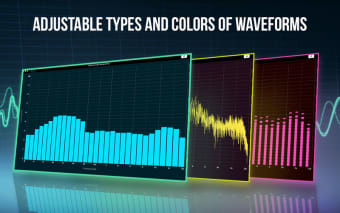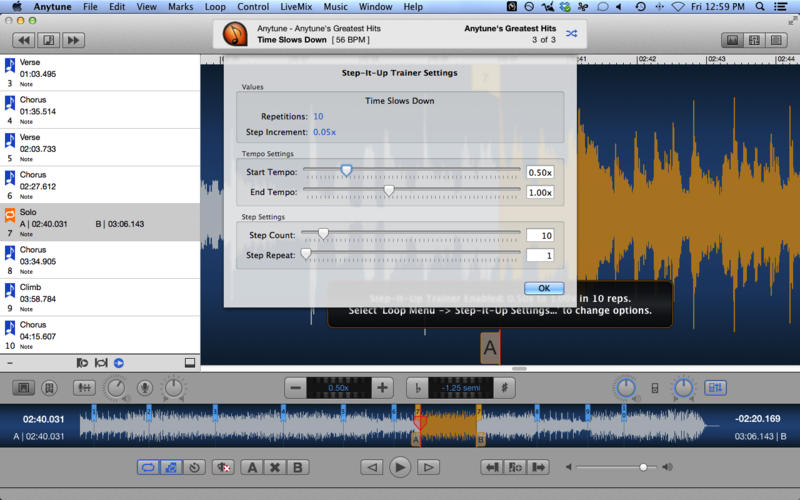

FFT provides much faster capture and analysis of the frequency span: using FFTs in parallel results in a wider instantaneous bandwidth so that, with suitable filters, pulsed and transient signals are also detected. If a transient signal is not present while the frequency is being swept, it is not detected.ĭigital processing using Fast Fourier Transformation (FTT) from the time domain to the frequency domain has greatly extended both the signal detection and analysis capabilities of the super heterodyne spectrum analyzer. As the frequency range of interest (the frequency span) exceeds the capability of the spectrum analyzer to process data simultaneously, the frequency span is scanned (swept) from low to high.
#Anytune spectrum analyzer plus#
The nature of many modern pulsed signals, plus the necessity to detect and investigate transient signals, means that the classical spectrum analyzer using the same super heterodyne principle as radio receivers cannot reliably detect all signals intermittently present as transients, or measure the phase of a signal. Spectrum analyzers are widely used in RF test to display not only properties of wanted signals, such as whether a signal is occupying the designated bandwidth, but also to search for unwanted signals.įor RF test, a pure spectrum analyzer for detecting the level of wanted and unwanted signals by displaying the spectral components in a frequency range hardly exists any more. Usually, linear scale is used for frequency on the x-axis, and a logarithmic or decibel scale (also logarithmic), for amplitude on the y-axis, so that signals of widely varying amplitude can be seen at the same time. The maximum frequency range with preselection currently available is from 2 hertz to 85 GHz higher frequencies are possible with external mixers. An RF spectrum analyzer covers radio and microwave frequencies. The basic function is to represent the signals in a graphical display as amplitude-or power level-on the y-axis, against frequency on the x-axis the amplitudes of detected signals are represented in the frequency domain.

A spectrum analyzer does what the name suggests: it detects the signals present in a selected range of spectrum.


 0 kommentar(er)
0 kommentar(er)
